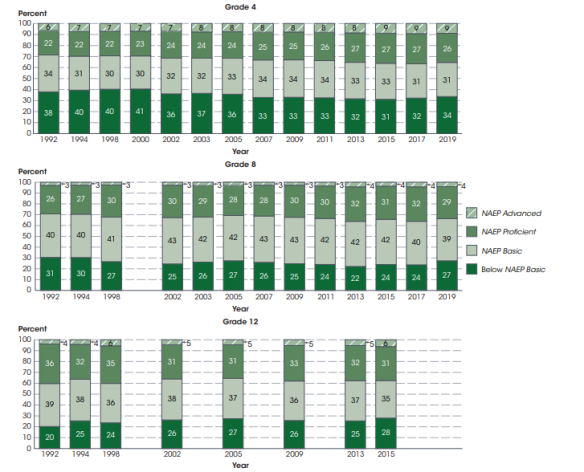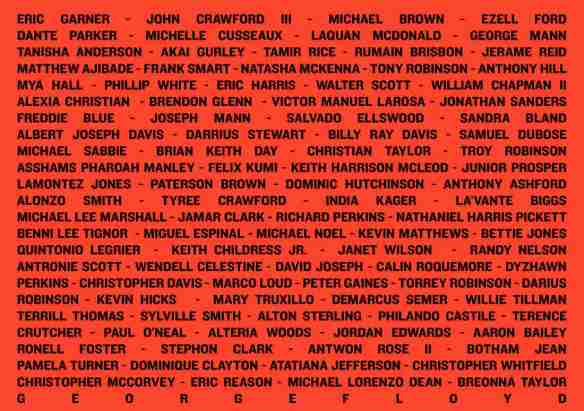I have experimented with incorporating more reading into my 5th and 6th grade science classes. This started with a desire to have my students see how the science we were learning was connected to their everyday lives. So, I would find popular science articles for them to read and take notes on.
Class 1: The Trainwreck
However, during this first lesson, I found out that I cannot just give them an article, even when I have already taught the vocabulary and background knowledge. I did not realize that notetaking was such a complicated skill and as a direct result of my ignorance, this lesson failed. So, after trying to salvage the trainwreck of a lesson I went back to the drawing board.
Class 2: Prepping for Reading
My new, more thought out approach was to print out a shorter article and go over how to read and take notes on it in a very teacher led fashion. I started by teaching a simplified MLA citation. I explained that you can normally find the author at the top or bottom of an article. Then we looked at the article and students raised their hands when they found the author. The students followed my lead as I wrote the author’s last name and first name on the board. We quickly wrote the title of the article. Finally, I showed them how to identify the website name. 
With that we were finally ready to start our notes. Just kidding. I still needed to teach them how to take notes from a longer text first, because this is where it really fell apart in the first lesson. I had wrongly assumed that since we take notes each day, my students would know how to create their own. This assumption was far from reality.
My approach to this involved pulling up some of my own powerpoints and having students open their books to the corresponding page in their textbooks. I asked whether they would prefer to write the paragraph in the book or the phrase on my powerpoint. Then we talked about how to summarize and take notes from a longer piece of writing, and I gave them two simple rules.
- No sentences allowed
- Do not just write down a word, you must explain it
After going over this and practicing a bit in our textbooks with familiar material, the class was over.
Class 3: Moderate Success
As the next class began, we reviewed the two notetaking rules from the previous class and I gave my students a warm up where they took notes on a paragraph. We reviewed what they wrote and then I passed out the article from last class. We were finally ready to take notes. As students were looking over the article, I drew attention to some text features (headings, links, underlined/highlighted words) and mentioned that they were very similar to the text features in their textbooks.
I read the first two paragraphs out loud and we had a class discussion about what to write down. I wrote on the board and my students wrote on their summary sheet. After this, I allowed my students to work in pairs. The quality of this first, reading and notetaking activity was disappointingly low.
I still had about half of my students focusing on minor details or on only the interesting parts of the article, neglecting the important parts. Others continued to copy complete sentences from the article because paraphrasing is much more difficult than simply copying what you read. But I still consider this lesson a success because it was the first time my students have had to do anything like this, in any subject. I should expect it to be a bit rough in the beginning.
Feedback and Progress
I decided that this was worth trying again because I want my students to read challenging content in my subject area (Their textbooks are not so challenging). So, I gave feedback and a few weeks later, we tried it again. This time the results were much better. Students were generally following the instructions (no sentences, and giving explanations) and while some were still getting lost in the weeds, I was happy with their overall progress.
I noticed that many of my students needed more guidance on formatting their notes, just telling them to copy my format was not enough instruction. This led to another mini-lesson where I taught how to use bullet points and indentations in their notes, and to link each section of notes with a heading in the article. (This is a work in progress.)
As time went on, my students were able to complete their notes faster and with greater depth. This encouraged me to continue with it. I ended up making a Google Site in order to give my students a limited range of choice and to save paper. Ultimately, we read and summarize an average of two articles per chapter.
My Own Reflection
In science I am fairly skilled at breaking down concepts or skills into bite-sized chunks. Unfortunately this did not really transfer over when I tried to teach reading and notetaking skills because I overlooked how complicated they were. I am a science teacher and I was simply viewing the skills as a vehicle for learning my content.
Once I took the time to properly break down the skills and pre-teach each step, my students were able to find success. But, my pre-teaching in this area tends to be a bit rough as I am still learning how to teach the more technical parts of notetaking while balancing the need to cover material. Teaching is tricky stuff, but I’ll get there.






